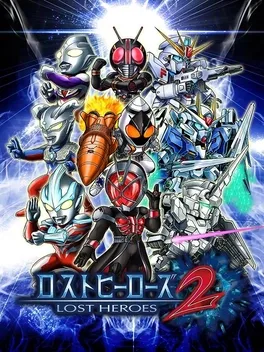Popular games for franchise Ultraman

Players test their knowledge of the Ultraman tokusatsu series in this quiz game.
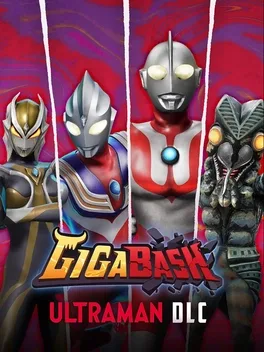
Heroes, unite! Villains, rise! The Ultraman DLC adds 4 new playable characters from the Ultraman universe, featuring unique movesets and iconic abilities.

Ultraman Powered: Kaijū Destruction Tactics is a CD-ROM-based action adventure game for the Playdia console.
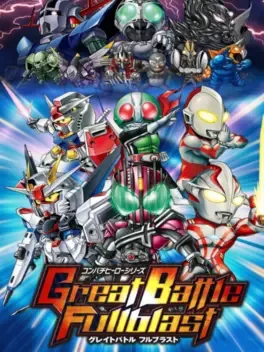
This revival of the Great Battle series of side-scrollers reunites the Ultraman, Kamen Rider, and Gundam franchises.

The Great Battle IV is the fourth entry in Banpresto's Compati Hero series for the Super Famicom. The game is a crossover action game title involving the characters from Kamen Rider, Ultraman, and Mobile Suit Gundam franchise respectively. Gameplay is similar to Mega Man X.

Battle Dodge Ball is a part of the Japanese exclusive Compati Hero Series. Gundam, Kamen Rider V3, and Ultraman Taro are the main representatives of the 'heroes' side of the six teams in Battle Dodge Ball, with Zeong, Ika Devil, and Zetton rounding out as the villains. The general gist of the game is that you can choose one of the six teams. You then fight each of the other five teams once per round in a short dodgeball game, two-on-two. Unlike normal dodgeball, you are not knocked out with a single hit. Rather, in Battle Dodge Ball, each character has a specific amount of HP. Once he takes enough hits to lose all his HP, he is out of the match. The game also adds an RPG element in the ability to gain experience at the end of a match, win or lose, which can then be used to power up stats of your team's players.
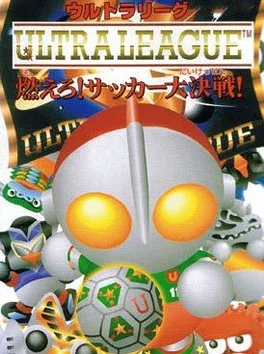
Ultra League: Moero! Soccer Daikessen!! (lit. Ultra League Moero! Roll-up Soccer!!) is a 1995 Japan-exclusive soccer-based video game released for the Super Famicom. The game features the Japanese super hero Ultraman, among other monsters and aliens.

Ultraman Ball is a 2D platformer for the Nintendo Game Boy and features the Tsuburaya Productions tokusatsu character Ultraman and his companions. Ultraman is re-imagined as a hero who is able to transform into a ball mode, and uses this new power to save his friends.
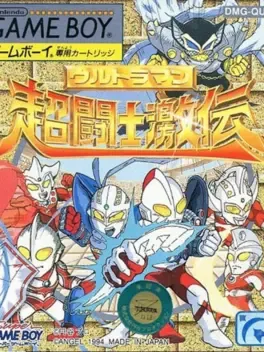
Ultraman: Chou Toushi Gekiden is an Action game, published by Angel (Bandai), which was released in Japan in 1994. Based on the Ultraman series. this game has you do everything from platfomring to side scroll shooting
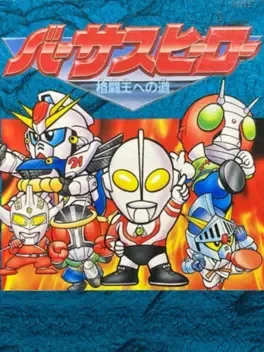
Early crossover fighting game for Game Boy, with characters from Kamen Rider, Ultraman, and Gundam franchises.

Home console port of the Arcade release. Based on the popular television show from 1967, Ultraman directly follows the story of its source material. Cast in the role of the titular Ultraman, the player must defeat many of the same monsters that appeared in the original series. Taking the appearance of a 1-on-1 fighting game, Ultraman can punch, kick, and grapple his opponent, as well as use a variety of various special moves that must be charged. However, in order to actually defeat his opponent, Ultraman must deplete their continually-recharging life bar, and at that moment hit with his most powerful special attack: the Specium Beam. As the game continues, different enemies may even find ways to avoid this most formidable attack, and Ultraman must adapt... Each stage has a time limit of only three minutes, and there are three lives and no continues.

SD Ultra Battle: Ultraman Densetsu is an Action game, developed by Tom Create and published by Bandai, which was released in Japan in 1996.
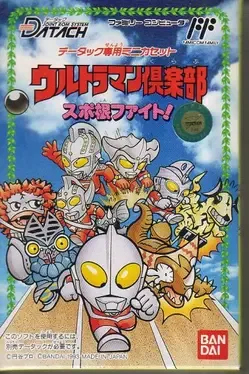
Ultraman Club: Supokon Fight! is a Sports game, developed by TOSE and published by Bandai, which was released in Japan in 1993.
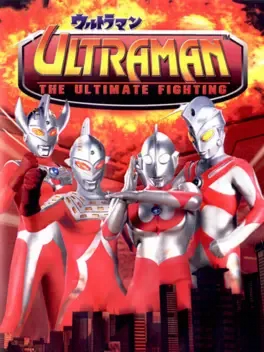
Low budget PC fighting game.
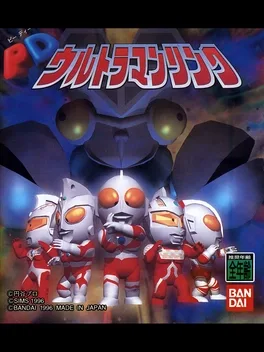
PD Ultraman Link is a falling-block puzzle game featuring the Japanese superhero Ultraman and many of his allies and foes. Blocks of various colors fall into the well in pairs; each block has two connections, and connecting three or more blocks together regardless of color will cause them to disappear. Any blocks above the ones removed will fall into the now-open space, potentially creating chain combos which will send garbage blocks that must be cleared twice to the opponent. Additionally, connecting four blocks of the same color will clear all blocks of that color from the board, while connecting four each of a different color together will clear all the garbage blocks on the screen by one stage. If the blocks stack past the line at the top of the well, that player loses the match. The game includes a single-player story mode, as well as a free battle mode against the computer or another player. There are 10 different characters to choose from: five Ultra Heroes and five aliens.
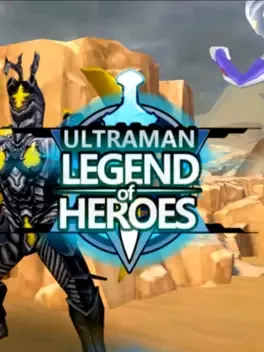
Experience the Ultimate Ultraman Adventure! Step into the thrilling world of "Ultraman Legend of Heroes", the officially authorized 3D action mobile game. Relive the epic battles and heroic tales of your favorite Ultraman heroes and iconic monsters in stunning detail.

Ultraman Club: Tatakae! Ultraman Kyoudai!! is a 2D top-down single screen arcade game, based on the superhero Ultraman, with chibi, anime-style graphic. The player controls one of 8 versions of Ultraman. Gameplay is very simple - Ultraman must kill all enemies on screen. He has two types of attack - one is very short, but has basically unlimited ammo, & the second has better range, but is very limited. Fallen enemies drop various bonuses (like extra life or bombardment special moves), & Ultraman can pick them up.

Disaster Report-esque game starring villains from disaster movies.

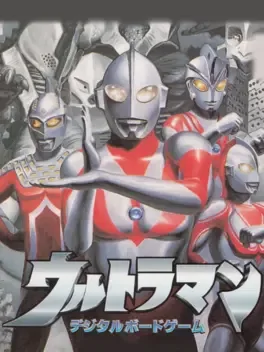

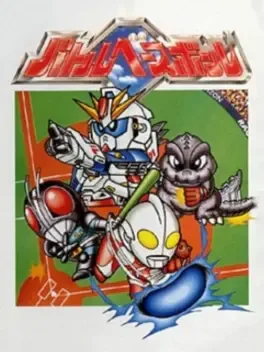
Battle Baseball is a Japan-only baseball video game developed by Vic Tokai and published by Banpresto for the Famicom on February 19, 1993. A part of the collaborative "Compati Sports Series" (コンパチスポーツシリーズ Konpachi Supōtsu Shirīzu) in the Compati Hero series, it crosses over characters from several popular Japanese franchises, including Godzilla, Ultraman, Kamen Rider and Gundam.
